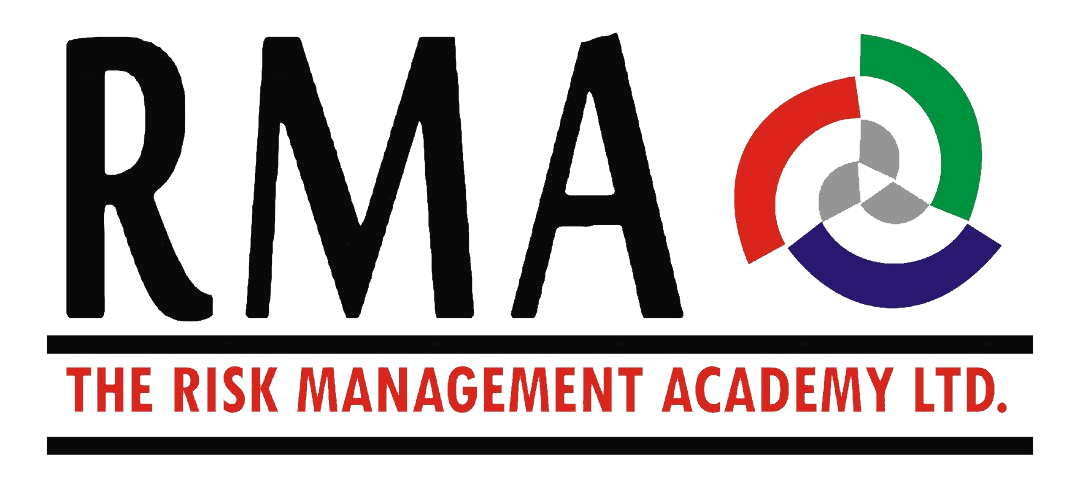Description
Overview / Background
Risk management is undergoing a major transformation. With growing complexity in global markets, cyber threats, compliance demands, and financial crime, risk professionals can no longer rely solely on qualitative judgment. Data analytics provides powerful tools for detecting, measuring, and mitigating risks in real time.
This program equips risk professionals with the foundational knowledge, practical techniques, and analytical tools to harness data for smarter, faster, and more proactive risk management.
Objectives
By the end of this training, participants will be able to:
-
Understand the role of data analytics in modern risk management.
-
Apply descriptive, diagnostic, predictive, and prescriptive analytics in various risk domains.
-
Leverage tools and techniques to analyze, visualize, and interpret risk data.
-
Integrate analytics into credit, market, operational, compliance, and enterprise risk frameworks.
-
Build risk dashboards and communicate insights effectively to management and regulators.
-
Recognize challenges (data quality, model risk, ethics) and design practical solutions.
Agenda / Content
Day 1 – Foundations & Essentials
-
Introduction to Data Analytics in Risk Management
-
Types of Analytics (Descriptive, Diagnostic, Predictive, Prescriptive)
-
Data Sources for Risk Professionals: Internal vs External Data
-
Tools & Technologies (Python, R, SQL, Excel, Power BI/Tableau)
Day 2 – Applications in Risk Domains
-
Credit Risk Analytics: Scoring, default prediction, stress testing
-
Market Risk Analytics: Value-at-Risk, scenario simulations
-
Operational & Cyber Risk Analytics: Anomaly detection, fraud detection, incident analysis
-
Compliance & Financial Crime Analytics: AML, sanctions screening, transaction monitoring
Day 3 – Practical & Strategic Insights
-
Case Studies:
-
Credit scoring model
-
AML anomaly detection
-
Enterprise Risk Dashboard
-
-
Challenges: Data quality, model risk, explainability, governance
-
Future Trends: AI, RegTech, real-time risk monitoring, NLP in risk
-
Group Exercise: Building a Risk Analytics Dashboard
Outcomes
After the program, participants will:
-
Gain practical skills in applying analytics to risk problems.
-
Be able to interpret and present risk data to stakeholders in an actionable way.
-
Develop an analytical mindset for identifying hidden risk patterns.
-
Be prepared to collaborate with data scientists and IT teams to enhance risk frameworks.
-
Strengthen compliance readiness by aligning analytics with regulatory expectations.
Key Takeaways
-
Data analytics is now a core competency for modern risk professionals.
-
Risk insights improve when qualitative judgment is backed by quantitative analysis.
-
Tools like Python, R, and BI dashboards make risk analysis more accessible.
-
Analytics enhances proactive risk detection, ensuring resilience against shocks.
-
Future-ready risk teams must embrace AI, real-time monitoring, and RegTech integration.


